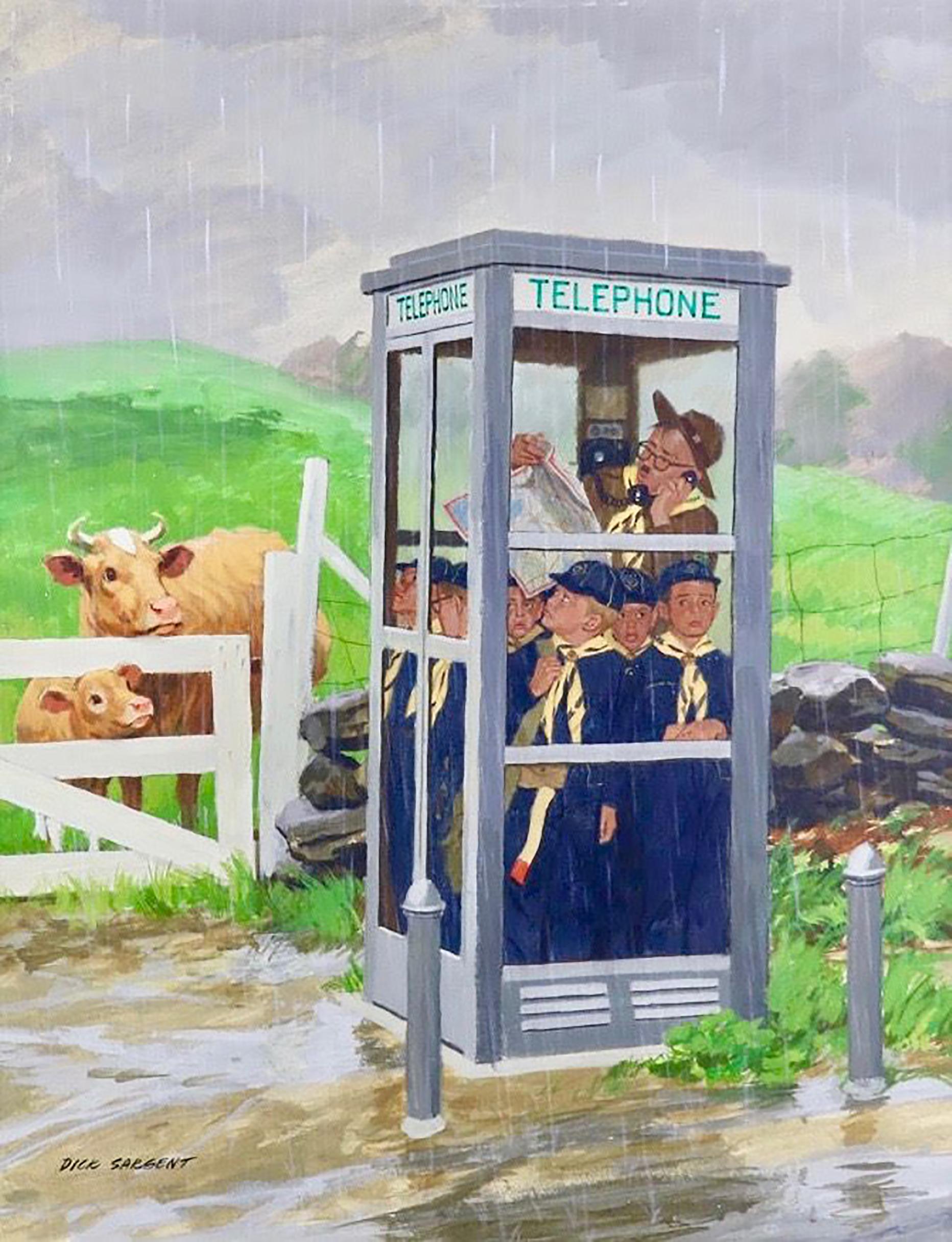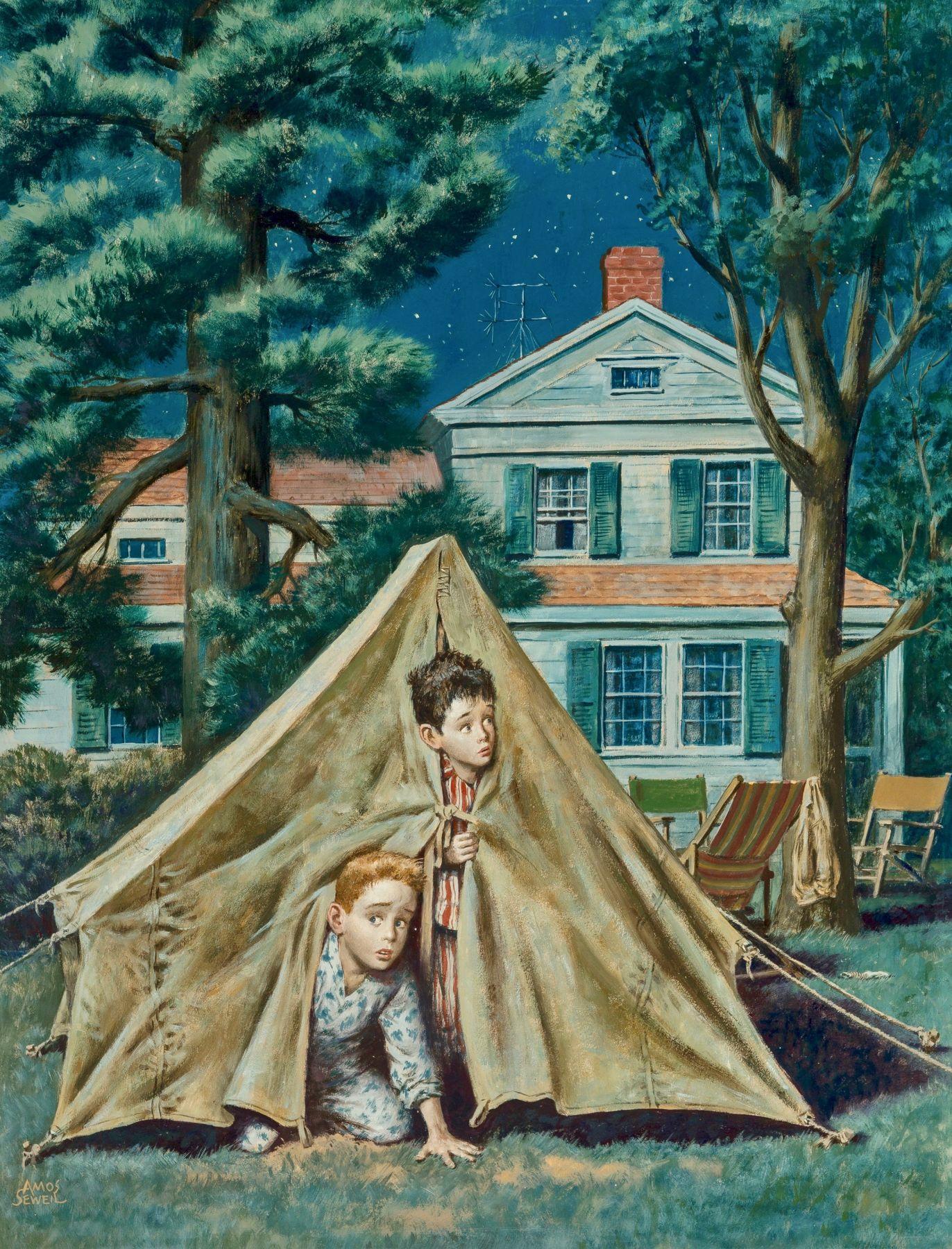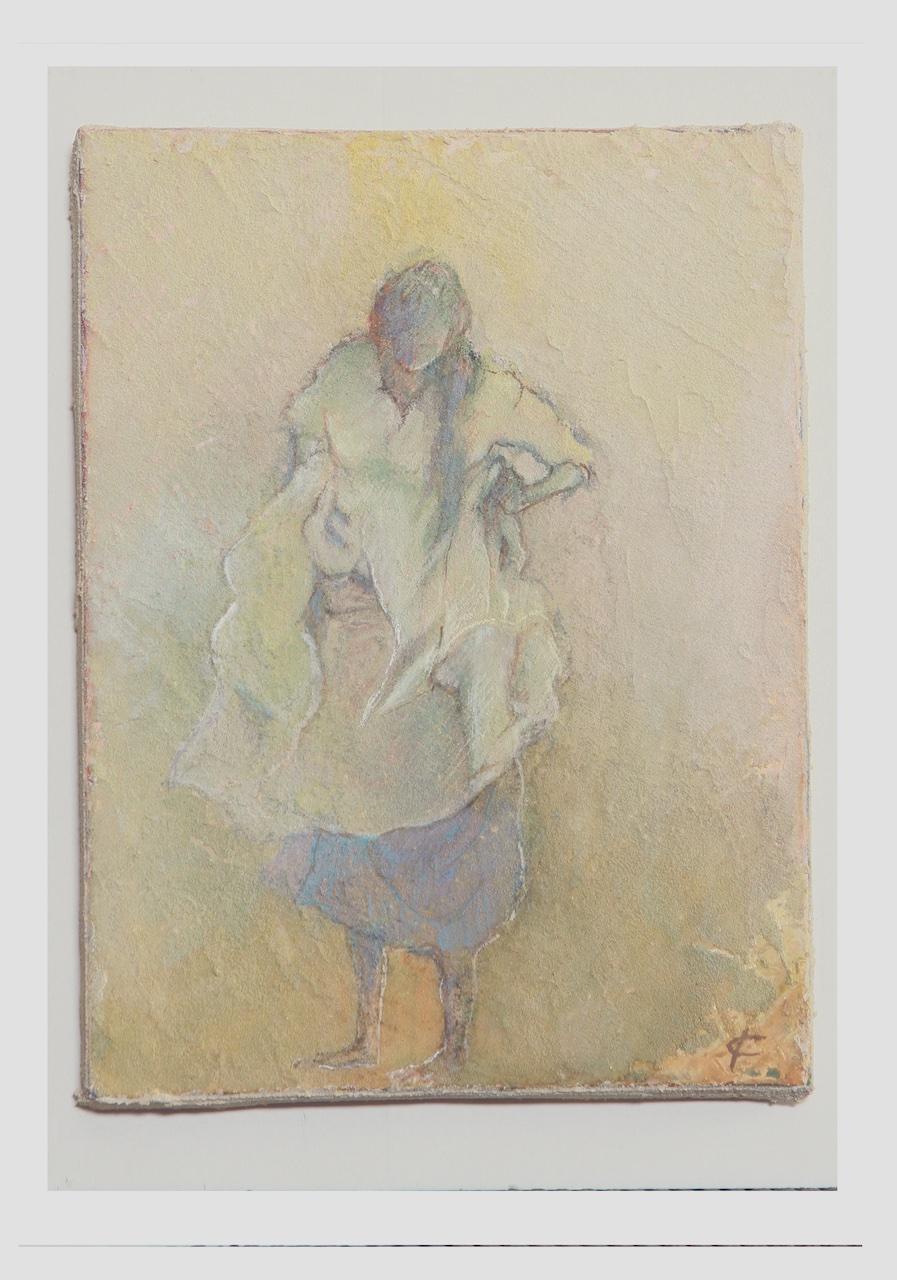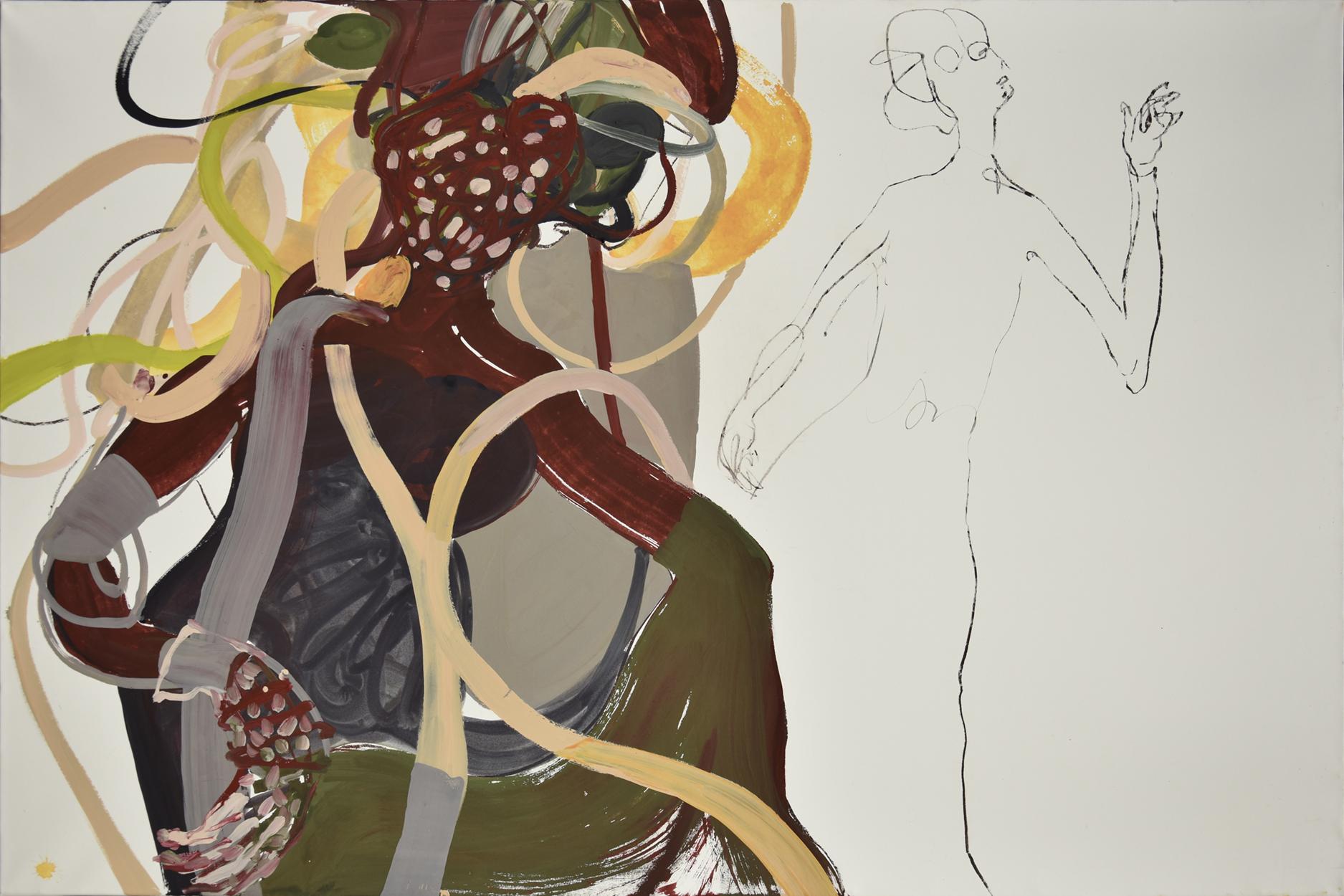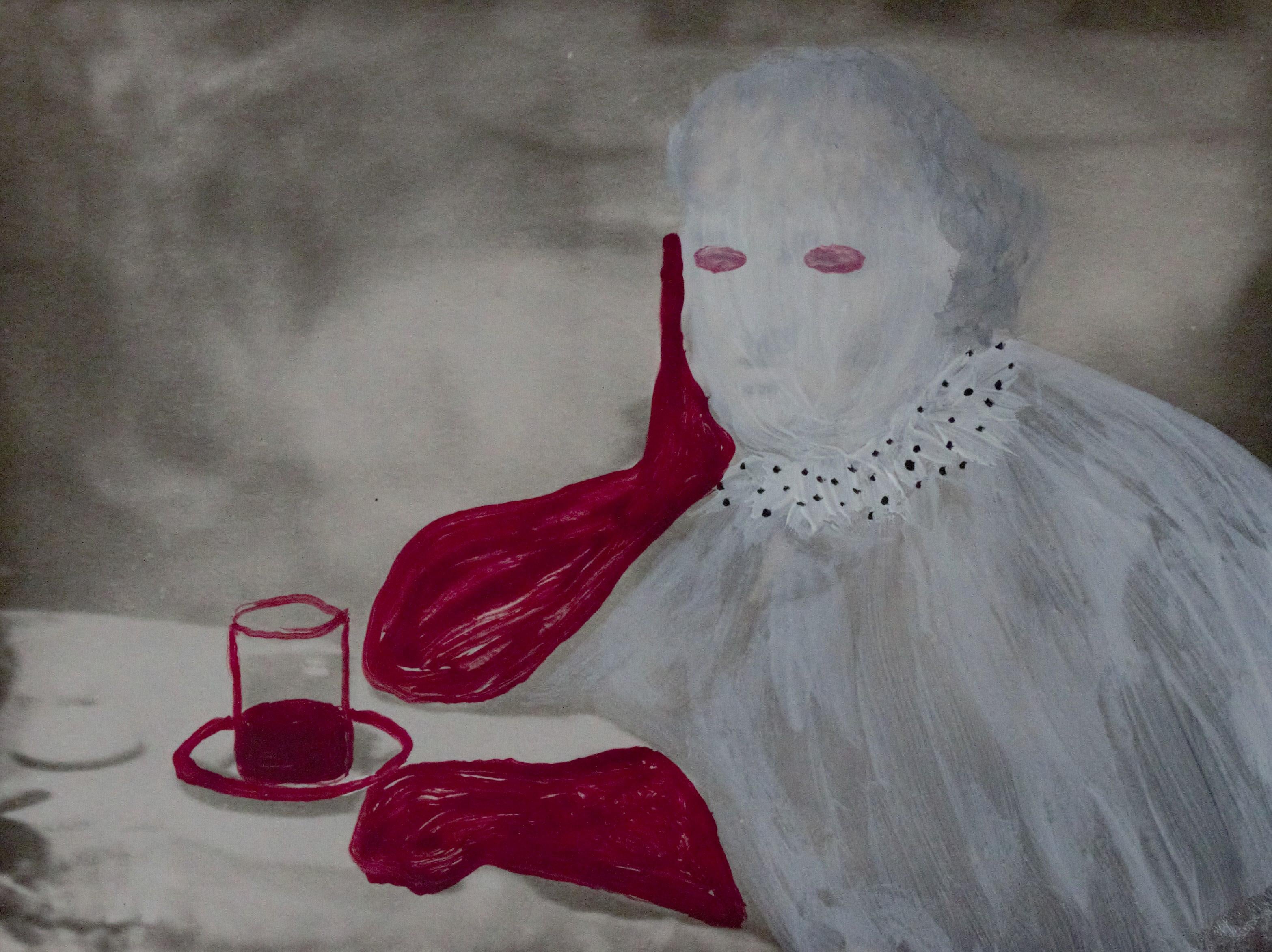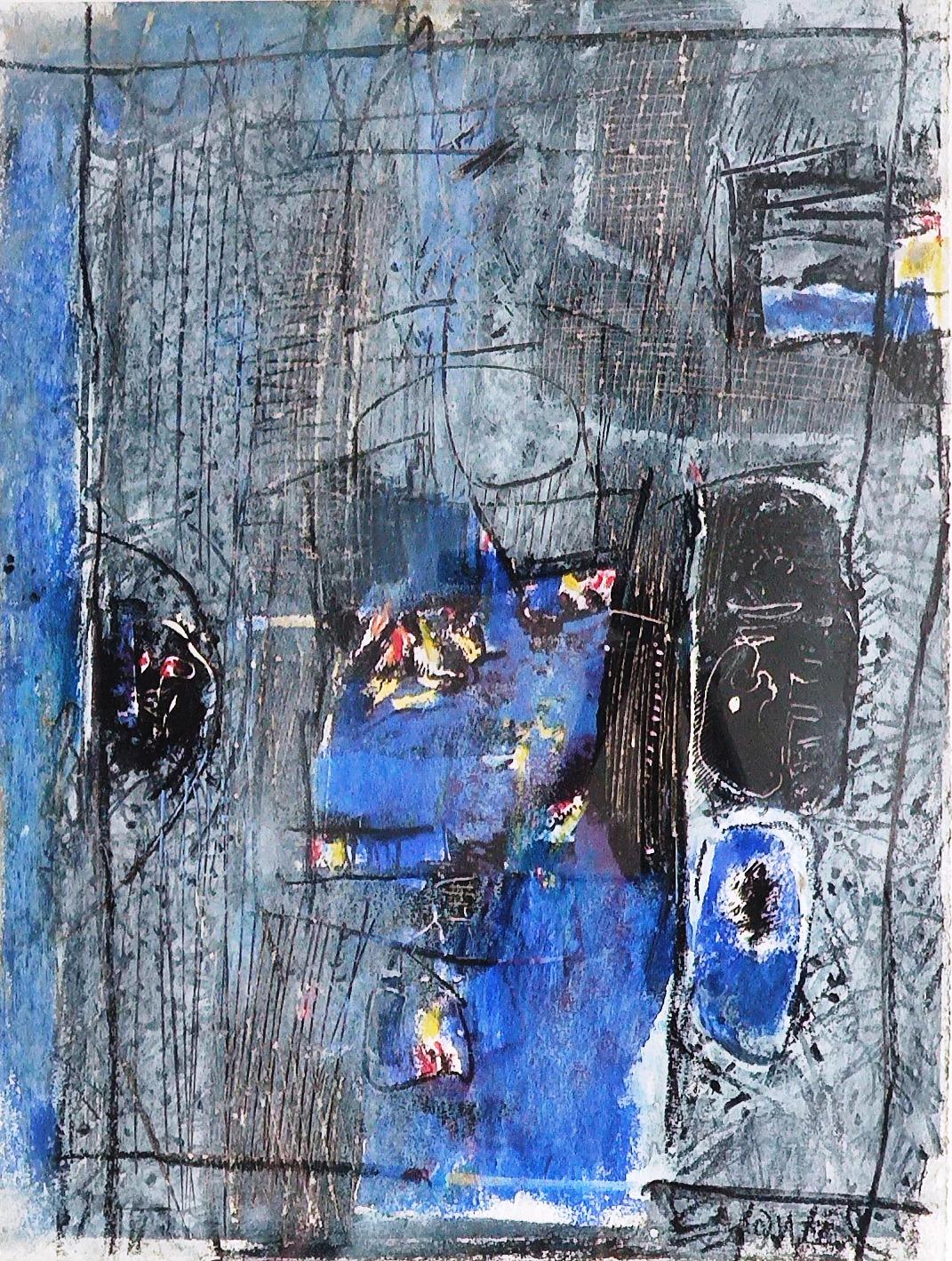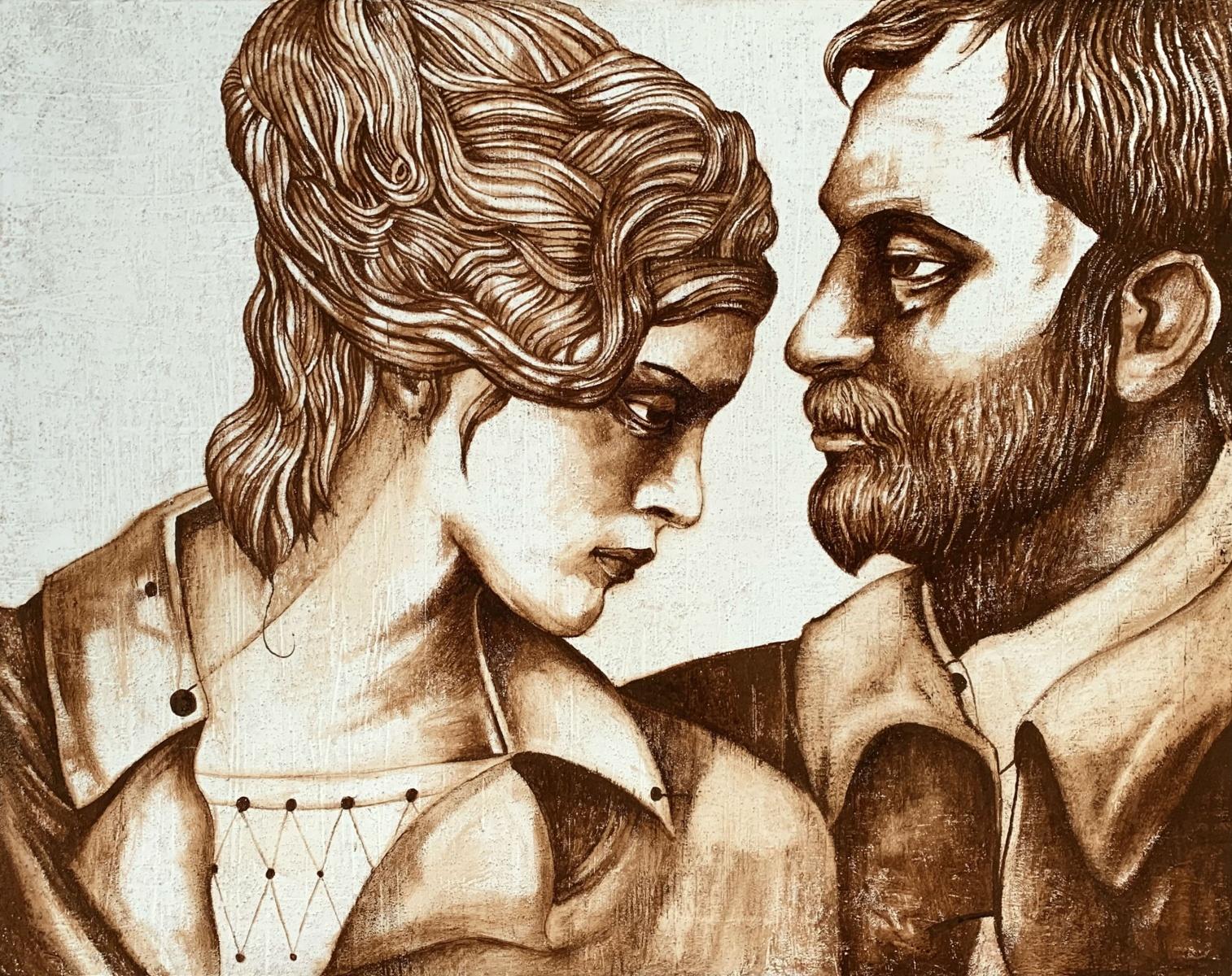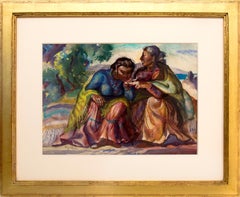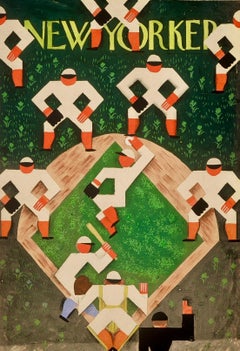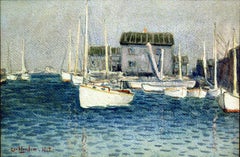
Untitled (Harbor, Nantucket)
View Similar Items
Want more images or videos?
Request additional images or videos from the seller
1 of 4
Carl LindinUntitled (Harbor, Nantucket)1917
1917
About the Item
- Creator:Carl Lindin (1869-1942, American)
- Creation Year:1917
- Dimensions:Height: 8.75 in (22.23 cm)Width: 13 in (33.02 cm)
- Medium:
- Period:
- Condition:
- Gallery Location:Denver, CO
- Reference Number:Seller: 97641stDibs: LU273118620
About the Seller
5.0
Platinum Seller
These expertly vetted sellers are 1stDibs' most experienced sellers and are rated highest by our customers.
Established in 1979
1stDibs seller since 2013
264 sales on 1stDibs
Typical response time: 5 hours
More From This SellerView All
- Birth, 1940s Modernist Surrealist Abstract Figural Watercolor PaintingBy Charles Ragland BunnellLocated in Denver, COBirth, semi-abstract, modernist, somewhat surrealist, vintage 1943 painting of a female figure giving birth by Colorado artist, Charles Ragland Bunnell, painted during the artist's B...Category
1940s Surrealist Figurative Paintings
MaterialsWatercolor
- Golden Cycle Mill, Colorado, 1940s WPA Mining Watercolor Landscape, Black WhiteBy Charles Ragland BunnellLocated in Denver, COOriginal 1940s watercolor on paper painting by Charles Ragland Bunnell portraying a semi abstracted view of Golden Cycle Mill in Colorado Springs, Colorado. Painted in shades of black and gray. Presented in a custom black frame, outer dimensions measure 18 x 19 ½ x 1 ⅜ inches. Image sight size is 8 ⅛ x 9 ⅝ inches. Golden Cycle Mining and Reduction Company was a mining company in Colorado City (now Old Colorado City) in El Paso County, Colorado. Piece is clean and in excellent condition - please contact us for a detailed condition report. Expedited and international shipping is available - please contact us for a quote. About the artist: Artist and teacher, Charles (“Charlie”) Bunnell worked in a variety of styles throughout his career because as an artist he believed, “I’ve got to paint a thousand different ways. I don’t paint any one way.” At different times he did representational landscapes while concurrently involved with semi- or completely abstract imagery. He was one of a relatively small number of artists in Colorado successfully incorporating into their work the new trends emanating from New York and Europe after World War II. During his lifetime he generally did not attract a great deal of critical attention from museums, critics and academia. However, he personally experienced a highpoint in his career when Katherine Kuh, curator at the Art Institute of Chicago, personally chose one of his paintings – Why? - for its large exhibition of several hundred examples of abstract and surrealist art held in 1947-48, subsequently including it among the fifty pieces selected for a traveling show to ten other American museums. An only child, Bunnell developed his love of art at a young age through frequent drawing and political cartooning. In high school he was interested in baseball and golf and also was the tennis champion for Westport High School in Kansas City. Following graduation, his father moved the family to Denver, Colorado, in 1916 for a better-paying bookkeeping job, before relocating the following year to Colorado Springs to work for local businessman, Edmond C. van Diest, President of the Western Public Service Company and the Colorado Concrete Company. Bunnell would spend almost all of his adult life in Colorado Springs. In 1918 he enlisted in the United States Army, serving in the 62nd Infantry Regiment through the end of World War I. Returning home with a 10% disability, he joined the Zebulon Pike Post No. 1 of the Disabled American Veterans Association and in 1921 used the benefits from his disability to attend a class in commercial art design conducted under a government program in Colorado Springs. The following year he transferred to the Broadmoor Art Academy (founded in 1919) where he studied with William Potter and in 1923 with Birger Sandzén. Sandzén’s influence is reflected in Bunnell’s untitled Colorado landscape (1925) with a bright blue-rose palette. For several years thereafter Bunnell worked independently until returning to the Broadmoor Art Academy to study in 1927-28 with Ernest Lawson, who previously taught at the Kansas City Art Institute where Bunnell himself later taught in the summers of 1929-1930 and in 1940-41. Lawson, a landscapist and colorist, was known for his early twentieth-century connection with “The Eight” in New York, a group of forward-looking painters including Robert Henri and John Sloan whose subject matter combined a modernist style with urban-based realism. Bunnell, who won first-place awards in Lawson’s landscapes classes at the Academy, was promoted to his assistant instructor for the figure classes in the 1928-29 winter term. Lawson, who painted in what New York critic James Huneker termed a “crushed jewel” technique, enjoyed additional recognition as a member of the Committee on Foreign Exhibits that helped organize the landmark New York Armory Exhibition in 1913 in which Lawson showed and which introduced European avant-garde art to the American public. As noted in his 1964 interview for the Archives of American Art in Washington, DC, Bunnell learned the most about his teacher’s use of color by talking with him about it over Scotch as his assistant instructor. “Believe me,” Bunnell later said, “[Ernie] knew color, one of the few Americans that did.” His association with Lawson resulted in local scenes of Pikes Peak, Eleven Mile Canyon, the Gold Cycle Mine near Colorado City and other similar sites, employing built up pigments that allowed the surfaces of his canvases to shimmer with color and light. (Eleven Mile Canyon was shown in the annual juried show at the Carnegie Institute in Pittsburgh in 1928, an early recognition of his talent outside of Colorado.) At the same time, he animated his scenes of Colorado Springs locales by defining the image shapes with color and line as demonstrated in Contrasts (1929). Included in the Midwestern Artists’ Exhibition in Kansas City in 1929, it earned him the gold medal of the Kansas City Art Institute, auguring his career as a professional artist. In the 1930s Bunnell used the oil, watercolor and lithography media to create a mini-genre of Colorado’s old mining towns and mills, subject matter spurned by many local artists at the time in favor of grand mountain scenery. In contrast to his earlier images, these newer ones – both daytime and nocturnal -- such as Blue Bird Mine essentially are form studies. The conical, square and rectangular shapes of the buildings and other structures are placed in the stark, undulating terrain of the mountains and valleys devoid of any vegetation or human presence. In the mid-1930s he also used the same approach in his monochromatic lithographs titled Evolution, Late Evening, K.C. (Kansas City) and The Mill, continuing it into the next decade with his oil painting, Pikes Peak (1942). During the early 1930s he studied for a time with Boardman Robinson, director of the Broadmoor Art Academy and its successor institution, the Colorado Springs Fine Arts Center from 1930 to 1947. In 1934 Robinson gave him the mural commission under the Public Works of Art Project (PWAP) for West Junior High School in Colorado Springs, his first involvement in one of several New Deal art...Category
1940s American Modern Landscape Paintings
MaterialsPaper, Watercolor
- Portrait of Two Women, Exterior Figurative Painting, Framed Watercolor PaintingBy Lloyd MoylanLocated in Denver, COModernist watercolor on paper painting by Lloyd Mylan of two women sitting amongst an exterior landscape. Painted in colors of pink, orange, blue, and green. Presented in a custom gold frame, outer dimensions measure 24 ¾ x 30 ⅜ x 1 ¾ inches. Image sight size is 13 ⅝ x 19 ½ inches. Painting is clean and in very good condition - please contact us for a detailed condition report. Expedited and international shipping is available - please contact us for a quote. About the Artist: Lloyd Moylan studied at the Minneapolis Art Institute, the Art Students League in New York, and the Broadmore Academy in Colorado Springs. Moylan later became the Curator of the Museum of Navajo Ceremonial Art in Santa Fe, New Mexico. During his lifetime, Moylan made numerous trips to Arizona and New Mexico where he sketched and painted the Hispanic and Indian population. He specialized in Southwest Indian...Category
20th Century American Modern Figurative Paintings
MaterialsWatercolor
- Cripple Creek Victor Mine, Colorado Mountain Landscape, 1940 Watercolor PaintingBy Charles Ragland BunnellLocated in Denver, COOriginal signed watercolor on paper painting by Charles Ragland Bunnell from 1940 of Cripple Creek or Victor Mine located in Colorado. Mine buildings wit...Category
1940s Abstract Landscape Paintings
MaterialsWatercolor
- Watercolor Painting, Horses, Carriage, Buildings in Blue, Yellow and BrownBy Alfred WandsLocated in Denver, COVintage original modernist watercolor painting of horses attached to a carriage and buildings by Alfred Wands (1904-1998). It is painted in blues, yellows, and browns. Presented in a...Category
20th Century American Impressionist Animal Paintings
MaterialsPaper, Watercolor
- Fetishes, 1940s Abstract Figurative Southwestern Mixed Media Painting, Red GrayBy Howard SchleeterLocated in Denver, COAn original gouache and wax painting by New Mexico modernist, Howard Schleeter (1903-1976) signed and dated lower right from November 18, 1949. Presented in a custom frame created b...Category
1940s American Modern Abstract Paintings
MaterialsWax, Gouache, Archival Paper
You May Also Like
- Original Painting. New Yorker Cover Proposal Baseball c. 1939 Modern Cubist DecoBy Antonio PetruccelliLocated in New York, NYOriginal Painting. New Yorker Cover Proposal Baseball c. 1939 Modern Cubist Deco Antonio Petruccelli (1907 - 1994) Play Ball New Yorker cover proposal, c. 1939 12 x 8 inches (sight) Framed 18 1/2 X 14 3/4 inches Gouache on board Estate sticker verso BIOGRAPHY: Antonio Petruccelli (1907-1994) began his career as a textile designer. He became a freelance illustrator in 1932 after winning several House Beautiful cover illustration contests. In addition to 24 Fortune magazine covers, four New Yorker covers, several for House Beautiful, Collier’s, and other magazines he did numerous illustrations for Life magazine from the 1930s – 60s. ‘Tony was Mr. Versatility for Fortune. He could do anything, from charts and diagrams to maps, illustrations, covers, and caricatures,’ said Francis Brennan, the former art director for Fortune. Over the course of his career, Antonio won several important design awards, designing a U.S. Postage Stamp Commemorating the Steel Industry and designing the Bicentennial Medal...Category
1930s American Modern Figurative Paintings
MaterialsGouache, Board
- Figure A15, Beacon, NY, 2002By Matt KinneyLocated in Hudson, NYABOUT Matt Kinney was born in Georgetown, Massachusetts. He attended Pratt Institute and The School of the Museum of Fine Arts, graduating in 1998. After graduation, Kinney began in...Category
Early 2000s Contemporary Figurative Paintings
MaterialsWatercolor, Sumi Ink
- Figure A3, Beacon, NY, 2002By Matt KinneyLocated in Hudson, NYABOUT Matt Kinney was born in Georgetown, Massachusetts. He attended Pratt Institute and The School of the Museum of Fine Arts, graduating in 1998. After graduation, Kinney began in...Category
Early 2000s Contemporary Figurative Paintings
MaterialsSumi Ink, Watercolor
- Cub Scouts in Phone BoothBy Richard SargentLocated in Fort Washington, PAMedium: Gouache and Pencil on Paperboard Signature: Signed Lower Left Original cover illustration for The Saturday Evening Post, August 26, 1961. The Post described, “The Post desc...Category
1960s Figurative Paintings
MaterialsGouache, Paper, Board, Pencil
- Backyard Campers, The Saturday Evening Post CoverBy Amos SewellLocated in Fort Washington, PAMedium: Gouache on Board Signature: Signed Lower Left Original cover illustration for The Saturday Evening Post, September 5, 1953. The Pos...Category
1950s Figurative Paintings
MaterialsBoard, Gouache
- Japanese Contemporary Art by Miyuki Takanashi - White Shirt PoseBy Miyuki TakanashiLocated in Paris, IDFTempera, gouache & sand on canvas on boardCategory
2010s Contemporary Figurative Paintings
MaterialsCanvas, Tempera, Gouache

